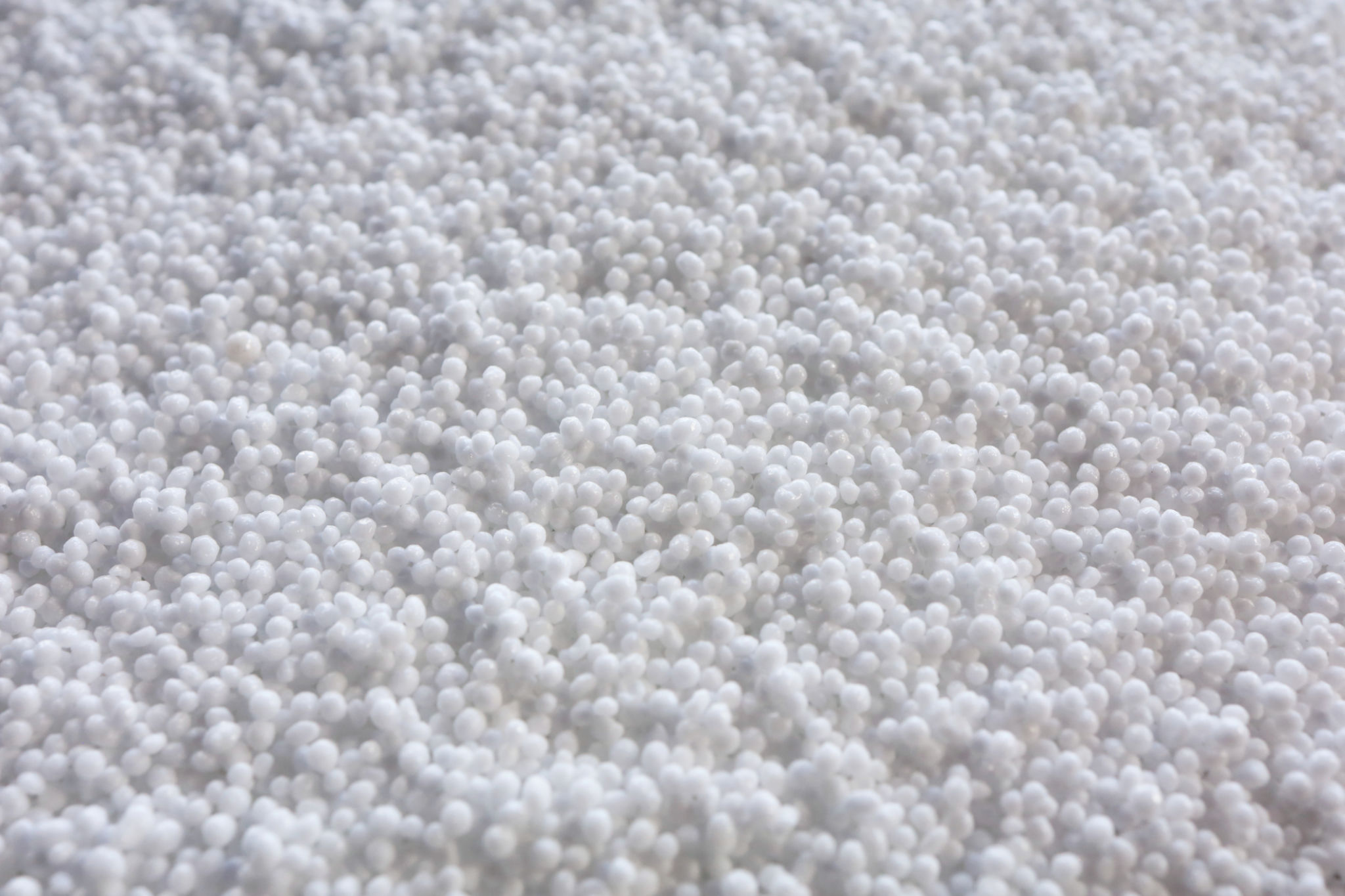Understanding Agricultural Urea Demand Trends for the Summer Season
Introduction to Urea Demand in Agriculture
Urea is a crucial component in agriculture, particularly as a nitrogen-rich fertilizer. Its demand tends to fluctuate with the seasons, and understanding these trends is vital for farmers, suppliers, and agricultural planners. As we approach the summer season, analyzing the demand trends for agricultural urea can help stakeholders make informed decisions regarding procurement and application.
During the summer months, the demand for urea often sees significant changes. This is largely due to the varying needs of crops that thrive during this period. Farmers aim to optimize their yield while managing costs, making it essential to understand how urea fits into their broader fertilization strategy.

Factors Influencing Urea Demand
Several factors influence urea demand in agriculture, particularly during the summer season. One primary factor is the type of crops being cultivated. Different crops require varying amounts of nitrogen, which affects how much urea is needed. Additionally, weather conditions play a significant role; a dry season may reduce the need for nitrogen fertilizers compared to a wet one.
Another critical factor is the price of urea. Market fluctuations can impact how much farmers are willing or able to purchase. If prices are high, farmers might seek alternative fertilizers or adjust their fertilization schedules to minimize costs.
The Impact of Crop Types
The type of crops under cultivation directly impacts urea demand. Crops like corn and wheat, which are commonly grown during summer, have high nitrogen requirements, leading to increased urea usage. Conversely, crops with lower nitrogen needs may not contribute significantly to urea demand.

Regional Variations in Urea Demand
Urea demand can vary significantly between regions due to differences in climatic conditions, soil types, and prevalent agricultural practices. In regions with fertile soil and favorable weather, the demand for urea might be less intense than in areas where soil enrichment is necessary to sustain crop growth.
Moreover, regions with extensive agricultural land dedicated to high-demand crops will naturally see higher urea consumption. Understanding these regional nuances helps suppliers manage inventory effectively and farmers plan their fertilization strategies efficiently.
Weather Conditions and Their Effect
Weather conditions during summer can have a substantial impact on urea demand. For instance, prolonged periods of drought may lead to a decrease in fertilizer application as plants become stressed and unable to uptake nutrients effectively. Conversely, adequate rainfall can enhance nutrient absorption and increase the need for fertilizers.

Conclusion
In conclusion, understanding the demand trends for agricultural urea during the summer season involves considering various factors such as crop type, regional variations, and weather conditions. By analyzing these trends, farmers and suppliers can optimize their strategies to ensure efficient use of resources and maximize crop yield.
As we move into the summer months, keeping an eye on these influencing factors will be crucial for maintaining a balance between cost-effectiveness and agricultural productivity. Ultimately, staying informed about demand trends helps stakeholders adapt to changes in the market and environmental conditions effectively.
